The landscape of workspace design has rarely undergone such a rapid, seismic shift as it has in the past couple of years. The workplace is no longer simply a place to work. It has shifted to an infrastructure for building social capital and fostering a sense of purpose and belonging. It is a place where a blend of community and culture can bring out the best in both employees and employers.

Workplace design plays a vital role in this, reflecting the changing needs of businesses and their people. We’re living in a new normal and it has created a need for a more flexible and collaborative workplace – one that blends space to be productive with all the benefits of membership culture.
Over the last few years, our collective working endeavours have played out in a multitude of environments, from kitchen tables and internet cafés to sunny terraces and luxe members’ clubs. This transformation from a singular working area to a multifunctional environment has led to the evolution of multi-modal spaces that support focused work, collaboration and wellbeing all at once. Work has moved organically into the lifestyle department.
A satisfying lifestyle requires robust mental health, which means that optimal work environments must acknowledge individual moods and work requirements, which can vary significantly from day to day. This is where members’ clubs deliver such excellent inspiration.
At Kindred in Hammersmith, for example, members are treated to a cultural calendar packed with events including live gigs, comedy nights and sustainability workshops. At Bingham Riverhouse in Richmond, some membership tiers include access to the spa, wellness facilities and vegan café at Bhuti Health and Wellness Centre.
At The House of KOKO in Camden, meanwhile, members can indulge their love of music, art and design in the speakeasy and recording studio before relaxing on the roof terrace or catching up over cocktails in the bar. There are also two restaurants, under the watchful eye of chef Andreas Engberg.
The way that such clubs have jumped on the ‘community’ bandwagon, monetising it in scalable business form, is inspiring us to rethink our working environments. These aspirational venues are highly attuned to the needs of freelancers and digital nomads. Why should employees not enjoy the same blending of their working environment with wellbeing considerations?
A growing number of businesses are now trying to emulate this ‘lifestyle mentality’ in their workspaces. Workers aren’t just sitting behind their desks from 9am to 5pm. They require their emotional and physical needs to be met. At the same time, leaders are respecting a deeper need to nurture their teams, as global curveballs test their mettle.
By developing workspaces that engage employees, companies can ensure staff happiness, productivity, collaboration and enhanced culture. In combination, this enables a company to meet its sustainable and financial goals. This is where game-changing commercial interior designers such as Thirdway come in, supporting companies to adapt to the rapidly changing landscape of workspace design.
The look and feel of that design is as unique as each of the companies we serve. Element Materials Technology’s new workspace in Covent Garden is one example of this. Thirdway supported the company to attract its team to working together in person. Flexibility and choice were the primary focus, resulting in fewer fixed desks and a more members’-club-esque décor.
Bespoke joinery and focused lighting create depth and mood, with reception taking centre stage, with a wall-to-wall bespoke bookshelf and large tea point and breakout area at its heart. The introduction of these hospitality elements was designed to create a more welcoming, comfortable and versatile environment, where employees’ wellbeing is front and centre to the design. It also practically splits the space into a collaborative area, a client space and a social space.
At Victoria-based law firm Lee & Thompson Working, meanwhile, contemporary design coupled with a selection of high-end finishes and mid-century furniture pieces has created a workspace that focuses on sensory qualities rather than office typology.
It features a mixed-use spatial layout for work, collaboration and play. Mohair velvets, brass and classic parquet flooring in the reception area bring an element of history, while rough concrete-effect walls contrast with the frosted globe pendants in the walkways. After all, good design is all in the detail.
This new workspace design landscape is ensuring that offices serve their occupants better than ever before. They are also challenging the traditional, outdated views of office hierarchy – no longer does the supervisor micromanage from a glass box.
It’s essential to recognise individual and multifaceted approaches to productivity, alongside varying levels of self-management. Enabling employees to work from spaces that are conducive to meeting their individual needs while also giving them the ability to select and tailor their work environment is key.
Planning and scheduling their own workload promotes flexibility and builds trust with employers, ultimately leading to a positive and productive workforce. What business wouldn’t want that?
Ben Gillam is founder and chief executive of Thirdway







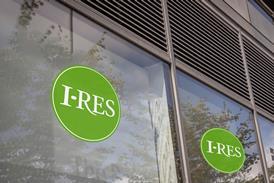
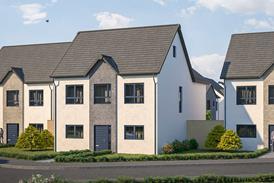



















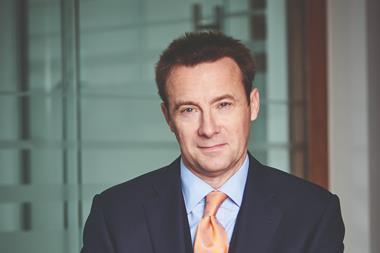
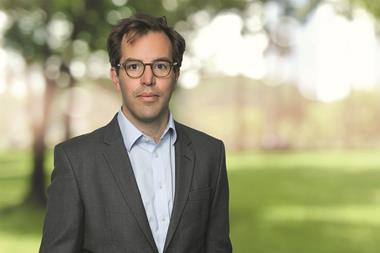
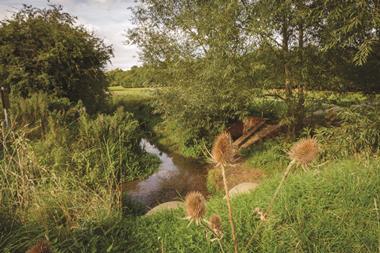
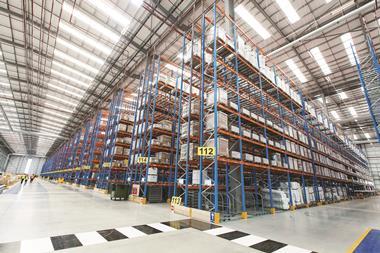
No comments yet